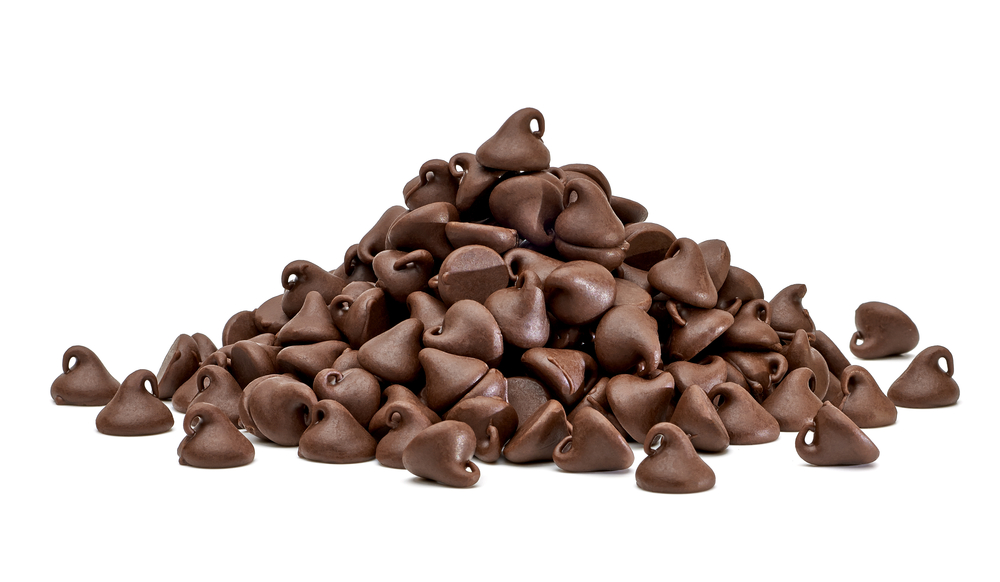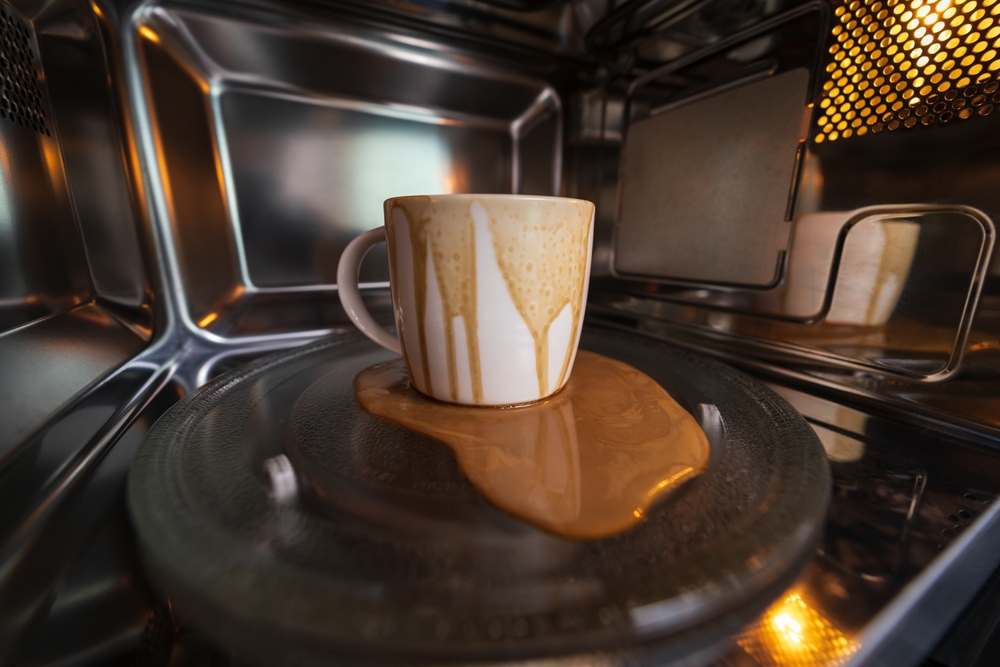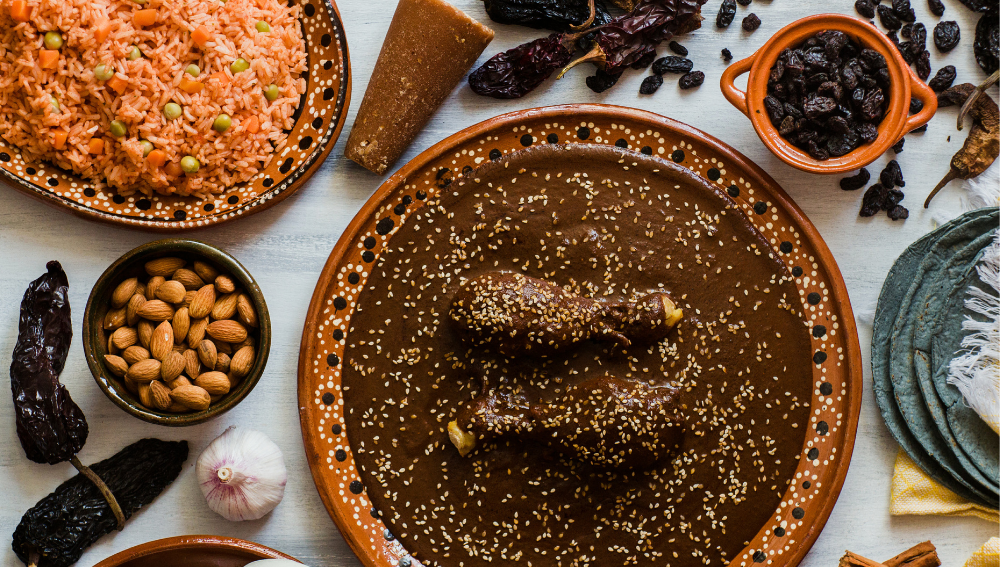Microwaving milk is a quick and easy way to heat it up for various purposes. Whether you want to make a cup of hot chocolate, add milk to your coffee, or use it in a recipe, microwaving milk can save you time and effort.
However, there are certain things to keep in mind when microwaving milk to ensure that it is safe, doesn’t curdle, and maintains its nutritional value.
Understanding how microwaving milk works and the science behind it can help you make informed decisions when heating up milk in the microwave.
Different types of milk may react differently to microwaving, so it’s important to understand how each type of milk behaves. Additionally, using the right container and following safety measures can prevent mishaps and ensure that your milk is heated up evenly.
Key Takeaways
- Microwaving milk is a quick and easy way to heat it up for various purposes.
- Understanding how microwaving milk works and the science behind it can help you make informed decisions when heating up milk in the microwave.
- Using the right container, following safety measures, and being aware of different types of milk and their reactions can prevent mishaps and ensure that your milk is heated up evenly.
Understanding Microwaving Milk
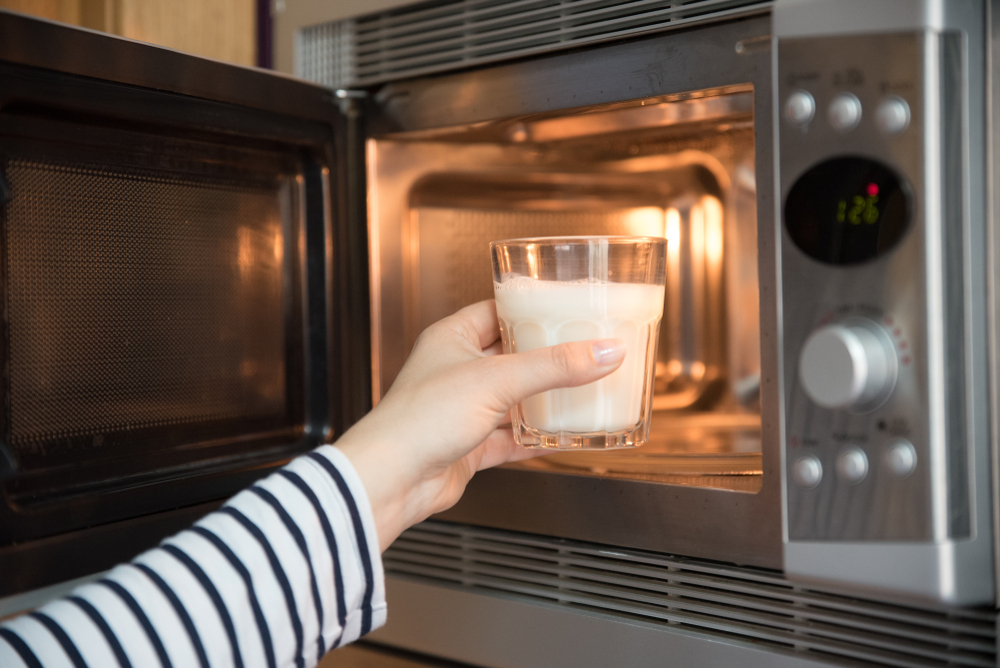
Microwaving milk is a quick and easy way to heat it up for various purposes such as making hot chocolate, coffee, or tea. However, it is important to understand the proper way to microwave milk to avoid scorching, boiling over, or losing nutrients.
When microwaving milk, it is recommended to use a microwave-safe container and heat it at medium-high power for 15-second intervals, with frequent stirring. It is essential to heat the milk slowly and not rush the process to avoid scorching or boiling over it.
The microwave setting should be medium-high to prevent overheating. Stirring every 15 seconds helps distribute the heat evenly and prevent hot spots.
The amount of time needed to microwave milk depends on the quantity and the power of the microwave oven. As a general rule of thumb, for a 250 mL (1 cup) of milk, the perfect time to microwave it is 40 to 45 seconds on high (100%) power. However, it is important to adjust the time slightly depending on the power of your own microwave.
It is also important to note that room temperature milk is better than cold milk when microwaving. Cold milk can cause uneven heating and increase the risk of boiling over. Therefore, it is recommended to let the milk sit at room temperature for a few minutes before microwaving.
When microwaving milk, there are some risks involved. The milk can boil over or explode, which can cause a mess and potentially burn the user. Additionally, microwaving milk can cause it to lose some of its nutrients. Therefore, it is important to follow the proper steps and guidelines to ensure that the milk is microwaved safely and effectively.
Overall, microwaving milk can be a convenient and quick way to heat it up. By following the proper steps and guidelines, users can ensure that the milk is microwaved safely and effectively without losing its nutrients or causing a mess.
Safety Measures
Microwaving milk can be a convenient way to heat it up quickly, but it’s important to take some safety measures to avoid any accidents or negative effects on the milk’s taste and texture. Here are some tips to ensure safe microwaving of milk:
Use a Microwave-Safe Container
Always use a microwave-safe container to heat up milk in the microwave. Glass, ceramic, and plastic containers labeled as “microwave-safe” are all suitable options. Avoid using metal containers or containers with metal trim, as they can cause hot spots and potentially damage the microwave.
Avoid Overheating
Overheating milk can cause it to scorch or develop a thin protein film on the surface, which can negatively affect the taste and texture. To avoid this, heat the milk on low power and keep a close eye on it. Stir the milk frequently to ensure even heating and prevent hot spots.
Leave Space in the Container
When microwaving milk, leave at least an inch of space at the top of the container to prevent it from boiling over or spilling. This also allows room for the milk to expand as it heats up.
Be Careful When Removing the Container
Milk heated in the microwave can be very hot, so be careful when removing the container from the microwave. Use oven mitts or a dish towel to protect your hands, and let the milk cool for a few minutes before using or drinking it.
Avoid Using Non-Microwavable Containers
Never use non-microwavable containers to heat up milk in the microwave. This includes plastic containers not labeled as “microwave-safe,” paper or styrofoam cups, and any containers with metal or metallic accents. These can cause hot spots and potentially damage the microwave.
By following these safety measures, you can ensure safe and convenient microwaving of milk without any negative effects on its taste and texture.
The Science Behind Microwaving Milk
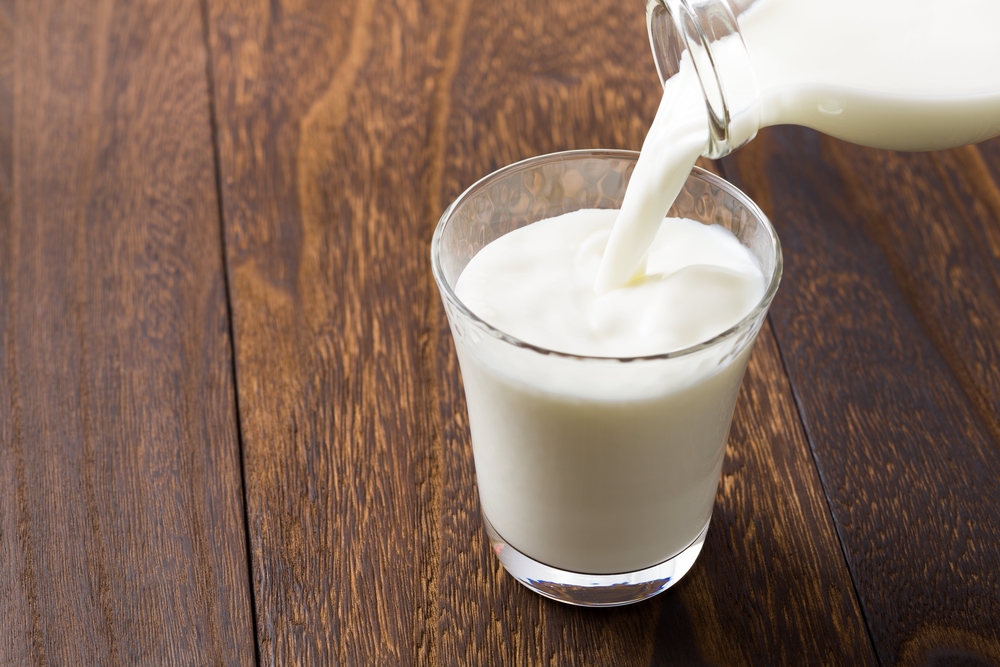
Microwaving milk is a quick and convenient way to warm it up for consumption or for use in recipes. However, there are some considerations to keep in mind when microwaving milk to avoid issues such as overheating, curdling, and bacterial contamination.
Microwave ovens work by emitting microwave radiation, which agitates the water molecules in the food being heated. This agitation causes the molecules to vibrate rapidly, which creates heat. The heat generated by the microwave radiation is what heats up the milk.
When milk is heated, it undergoes several changes. First, the heat causes the proteins in the milk to denature and unfold. This denaturation helps to thicken the milk, giving it a creamier texture. However, if the milk is overheated, the proteins can clump together and curdle the milk.
In addition to changes in texture, heating milk can also affect its flavor. Heating milk can cause some of the sugars in the milk to caramelize, which can give it a slightly nutty flavor. However, overheating the milk can cause it to develop a burnt or off flavor.
It’s important to note that microwaving milk does not necessarily kill bacteria that may be present in the milk. In fact, if the milk is not heated to a high enough temperature, it can actually create a breeding ground for bacteria. To avoid bacterial contamination, it’s important to heat the milk to the appropriate temperature.
To heat milk in the microwave, it’s best to use a microwave-safe container and to heat it in short bursts, stirring in between.
This will help to ensure that the milk heats evenly and that it doesn’t overheat or boil over. It’s also important to avoid filling the container too full, as the milk can expand rapidly when heated and cause a mess or potentially burn the person handling it.
How to Microwave Milk
Microwaving milk is a quick and easy way to warm it up, but it can be tricky to get it just right. Here are some tips on how to microwave milk properly:
Choosing the Right Container
When microwaving milk, it’s important to choose the right container. A microwave-safe glass or ceramic container is recommended. Make sure the container is not too small, as the milk may boil over. It is also important to ensure that the container is not filled to the brim. Leave some space at the top to prevent the milk from spilling over.
Setting the Power Level
Setting the power level of the microwave is crucial when microwaving milk. It is recommended to set the microwave to medium-high heat, which is roughly no higher than 70% of the microwave’s full power. This will help prevent the milk from boiling over and scorching.
Reheating in 15-Second Intervals
When microwaving milk, it is important to reheat it in 15-second intervals. This allows the milk to heat up evenly without boiling over. After each interval, stir the milk to ensure it heats evenly.
Stirring Milk
Stirring the milk is essential when microwaving it. This helps distribute the heat evenly and prevent hot spots from forming. It also helps prevent the milk from scorching on the bottom.
Preventing Milk from Spilling Over
To prevent milk from spilling over, it is important to leave some space at the top of the container. If the milk does start to boil over, stop the microwave immediately and stir the milk.
By following these tips, you can easily and safely microwave milk.
Types of Milk and Their Reactions

There are several types of milk available in the market, and each has its unique composition and nutritional value. The type of milk one chooses can affect the taste and quality of the beverages and food products made with it. Here are some of the most common types of milk and their reactions when microwaved:
Whole Milk
Whole milk is the most common type of milk, and it contains around 3.25% milkfat. It is rich in flavor and nutrients, making it a popular choice for hot chocolate and coffee. When microwaved, whole milk can produce a creamy and rich texture, which enhances the flavor of the beverage.
Skim Milk
Skim milk, also known as fat-free milk, contains less than 0.5% milkfat. It is a popular choice for people who are watching their calorie intake. When microwaved, skim milk can produce a thinner texture and may not be as creamy as whole milk. However, it is still a suitable option for morning coffee and other beverages.
Cream
Cream is a dairy product that contains a higher percentage of milkfat than whole milk. It is commonly used as a topping for desserts and in cooking. When microwaved, cream can produce a thicker texture and may become frothy, making it an ideal choice for making cappuccinos and lattes.
Plant-Based Milk
Plant-based milk, such as soy milk, almond milk, and oat milk, has become increasingly popular in recent years. These milk alternatives are suitable for people who are lactose intolerant or have a dairy allergy. When microwaved, plant-based milk can produce different textures and flavors depending on the type of milk.
Breast Milk
Breast milk is the natural source of nutrition for infants and contains essential nutrients and antibodies. When microwaved, breast milk can lose some of its nutritional value and may produce hot spots, which can be harmful to the baby. It is recommended to warm breast milk in a warm water bath instead of using a microwave.
In conclusion, the type of milk one chooses can affect the taste and texture of the beverage or food product made with it. It is essential to understand the reactions of different types of milk when microwaved to achieve the desired result.
Microwaving Milk for Different Purposes
Microwaving milk is a convenient and quick way to heat it up, but the timing and technique can vary depending on the purpose. Here are some tips on microwaving milk for different purposes:
Room Temperature
If you want to bring milk to room temperature quickly, microwaving is a great option. Simply pour the desired amount of milk into a microwave-safe container and heat it on high for 15-20 seconds. Check the temperature and repeat if necessary until it reaches room temperature.
Formula and Infant Milk
When it comes to formula and infant milk, it is important to be extra cautious to avoid hot spots and scalding. Always follow the manufacturer’s instructions for preparing and heating the milk.
Generally, it is recommended to heat the milk in a bottle warmer or by placing the bottle in a bowl of warm water. If you must use a microwave, make sure to stir the milk thoroughly and check the temperature before feeding.
Milk Foam
If you want to create milk foam for your coffee or latte, microwaving can help. Pour cold milk into a microwave-safe jar or container and heat it on high for 30-45 seconds. Then, seal the container and shake vigorously until the milk forms a foam. You can also use a milk frother or whisk to create foam.
Melatonin
Some people like to drink warm milk before bed to help them sleep. Microwaving milk can be a quick and easy way to warm it up. For best results, heat the milk on high for 30-45 seconds and stir well. Avoid overheating the milk, as this can destroy the melatonin and other beneficial compounds.
Overall, microwaving milk can be a convenient and effective way to heat it up for various purposes. Just be sure to follow the proper techniques and precautions to avoid scalding or uneven heating.
Containers Suitable for Microwaving Milk

When it comes to microwaving milk, choosing the right container is crucial to avoid any accidents or spills. Here are some containers that are suitable for microwaving milk:
Heat-Resistant Glassware
Heat-resistant glassware is a popular choice for microwaving milk. It is safe and can withstand high temperatures without breaking or cracking. Glass jars, measuring cups, and bowls are all suitable options. However, it is essential to ensure that the glassware is labeled as microwave-safe before using it.
Microwavable Paper Cups
Microwavable paper cups are convenient and easy to use. They are readily available in most grocery stores and are labeled as microwave-safe. However, it is important to note that not all paper cups are suitable for microwaving. Make sure to check the label before using them.
Microwavable Plastic Cups
Microwavable plastic cups are also a popular choice for microwaving milk. They are lightweight, easy to handle, and come in various sizes. However, it is crucial to ensure that the plastic cups are labeled as microwave-safe before using them.
Avoid using plastic containers that are not labeled as microwave-safe, as they can release harmful chemicals into the milk when heated.
Ceramic Cups
Ceramic cups are another option for microwaving milk. However, it is essential to ensure that the ceramic cups are labeled as microwave-safe before using them. Some ceramic cups may contain lead or other harmful materials that can leach into the milk when heated.
In summary, when microwaving milk, it is important to choose a suitable container that is labeled as microwave-safe. Heat-resistant glassware, microwavable paper cups, microwavable plastic cups, and ceramic cups are all suitable options. However, it is crucial to read the labels and ensure that the containers are safe for microwaving.
Preventing and Addressing Mishaps
Microwaving milk can be a simple and efficient way to heat milk, but it can also lead to mishaps if not done correctly.
Here are some tips to prevent and address common problems that may arise when microwaving milk.
Spilling Over
One of the most common problems when microwaving milk is spilling over. To prevent this, it is important to use a container that is big enough to hold the milk and has some extra space to prevent the milk from spilling over.
If the milk starts to boil over, immediately stop the microwave and stir the milk to prevent it from spilling.
Uneven Heating
Microwaving milk can result in uneven heating, which can affect the taste and texture of the milk. To prevent this, it is important to stir the milk every 15 seconds while it is heating. This will ensure that the milk is heated evenly and prevent hot spots from forming.
Burnt Taste
Microwaving milk for too long or at too high of a temperature can result in a burnt taste. To prevent this, it is important to heat the milk slowly and not rush the process. Use a medium-high microwave setting and stir the milk every 15 seconds. If the milk starts to boil, immediately stop the microwave and stir the milk.
Other Mishaps
Other mishaps that can occur when microwaving milk include using a container that is not microwave-safe, using a wooden stick to stir the milk, using butter or cooking oil to grease the container, and heating refrigerated chocolate milk.
To prevent these mishaps, use a microwave-safe container, use a spoon or other utensil to stir the milk, do not grease the container, and heat refrigerated chocolate milk slowly and at a lower temperature than regular milk.
In summary, microwaving milk can be a convenient and easy way to heat milk, but it is important to take precautions to prevent mishaps. By following these tips, you can ensure that your milk is heated evenly and without any burnt taste.
Nutritional Impact of Microwaving Milk
Microwaving milk is a common practice, but some people have concerns about its impact on the nutritional value of the milk. The short answer is that microwaving milk does not destroy its nutrients.
However, it is important to keep in mind that the nutritional impact of microwaving milk can depend on several factors, including the temperature, time, and method of microwaving.
One of the primary concerns with microwaving milk is that it may denature whey proteins, which are important for the body’s immune system and muscle growth. However, studies have shown that microwaving milk at low temperatures (below 60°C) for short periods of time (less than 5 minutes) does not significantly denature whey proteins.
In fact, some studies have even suggested that microwaving milk may increase the bioavailability of certain proteins.
Another concern is that microwaving milk may destroy vitamins. While some vitamins, such as vitamin C, B1, B5, and folate (B9), may break down when exposed to high temperatures, studies have shown that microwaving milk at low temperatures does not significantly affect the vitamin content of the milk.
It is important to note that overheating milk, whether through microwaving or other methods, can lead to a loss of nutritional value. Overheating can cause proteins to denature, vitamins to break down, and minerals to become less bioavailable. Therefore, it is important to avoid overheating milk when microwaving it.
In summary, microwaving milk at low temperatures for short periods of time does not significantly impact the nutritional value of the milk. However, overheating milk can lead to a loss of nutritional value. It is important to keep these factors in mind when microwaving milk to ensure that it retains its nutritional value.
Frequently Asked Questions
How long to warm milk in microwave for baby
When warming milk in the microwave for a baby, it is important to do it slowly and carefully to avoid hot spots that could burn the baby’s mouth. A good rule of thumb is to heat the milk in 15-second intervals, stirring in between each interval until it reaches the desired temperature.
It is recommended to use a thermometer to ensure that the milk is warmed to the appropriate temperature, which is typically around 98°F to 100°F.
How to microwave milk without curdling
To microwave milk without curdling, it is important to heat it slowly and stir it frequently. It is also recommended to use a microwave-safe container and to avoid overheating the milk.
A good technique is to heat the milk in 15-second intervals, stirring in between each interval until it reaches the desired temperature. This will help distribute the heat evenly and prevent curdling.
Can you microwave milk in a mug
Yes, you can microwave milk in a mug as long as it is microwave-safe. It is important to choose a mug that is large enough to hold the milk and leave room for it to expand as it heats up. It is also recommended to stir the milk frequently while heating it to prevent hot spots and ensure even heating.
How long should I microwave milk?
The amount of time it takes to microwave milk depends on the quantity and the power of the microwave. As a general rule, it is recommended to heat the milk in 15-second intervals, stirring in between each interval until it reaches the desired temperature.
For a 250 mL (1 cup) cup of milk, the perfect time to microwave it is 40 to 45 seconds on high (100%) power. This is based on a 700-watt microwave oven, so you may need to adjust the time slightly depending on the power of your own microwave.
Can I microwave milk instead of boiling?
Yes, you can microwave milk instead of boiling it. However, it is important to do it slowly and carefully to avoid overheating or scorching the milk. It is also recommended to stir the milk frequently while heating it to prevent hot spots and ensure even heating.
Is it safe to microwave milk?
Yes, it is safe to microwave milk as long as it is done correctly. It is important to use a microwave-safe container, to heat the milk slowly and stir it frequently, and to avoid overheating the milk. It is also recommended to use a thermometer to ensure that the milk is heated to the appropriate temperature.



